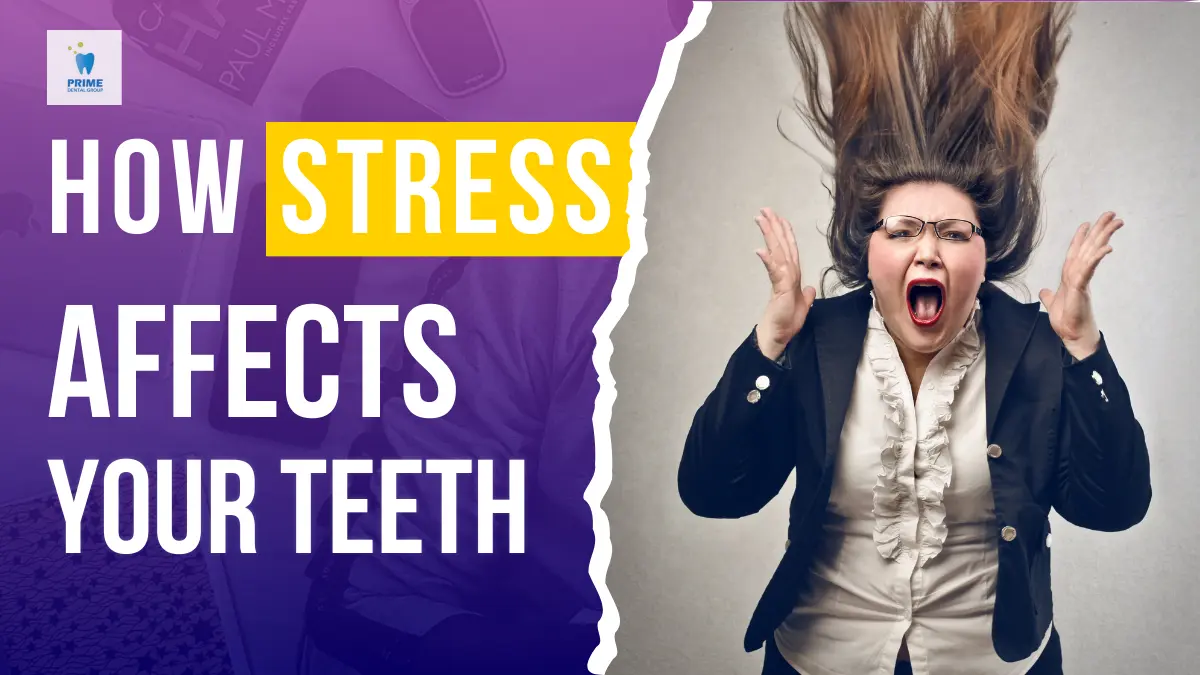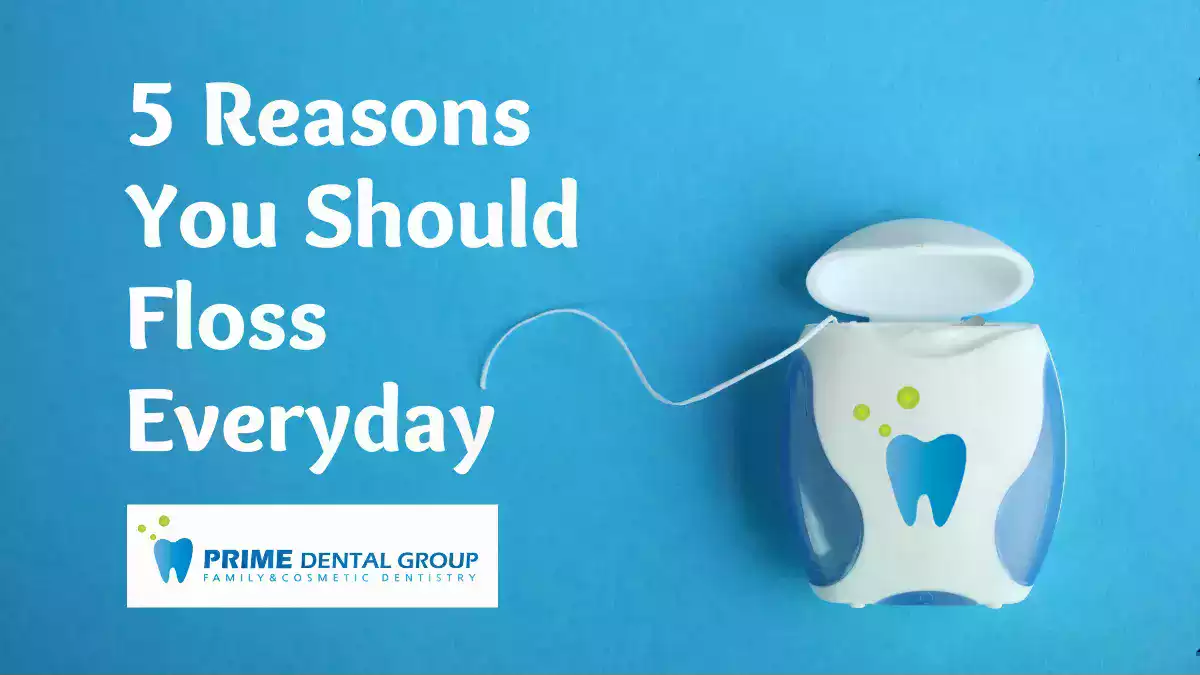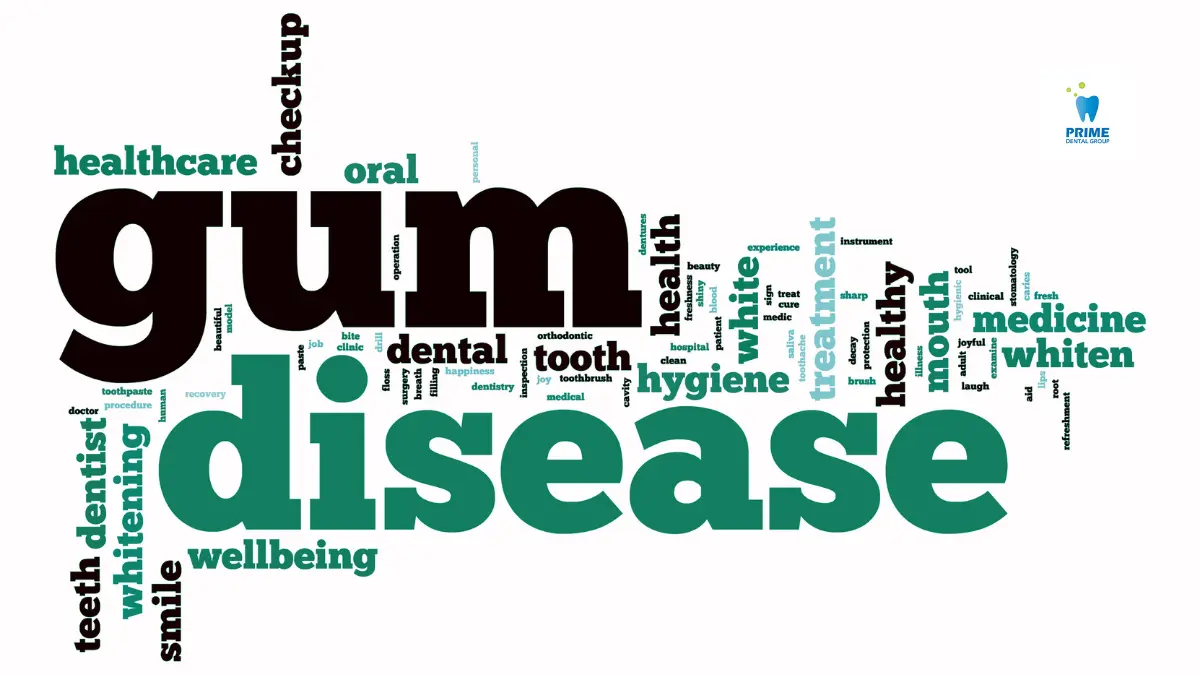Oral Cancer Awareness Month: How to Spot the Signs and Save Lives
April marks Oral Cancer Awareness Month, and it’s a powerful reminder to take charge of your oral health. Did you know that about 53,000 people in the U.S. are diagnosed with oral cancer every year? Even more alarming, one person dies from oral cancer every hour. The good news? With early detection and prevention, we can change those numbers. Let’s talk about what oral cancer is, what signs to look for, and how regular dental visits could literally save your life.
What Is Oral Cancer?
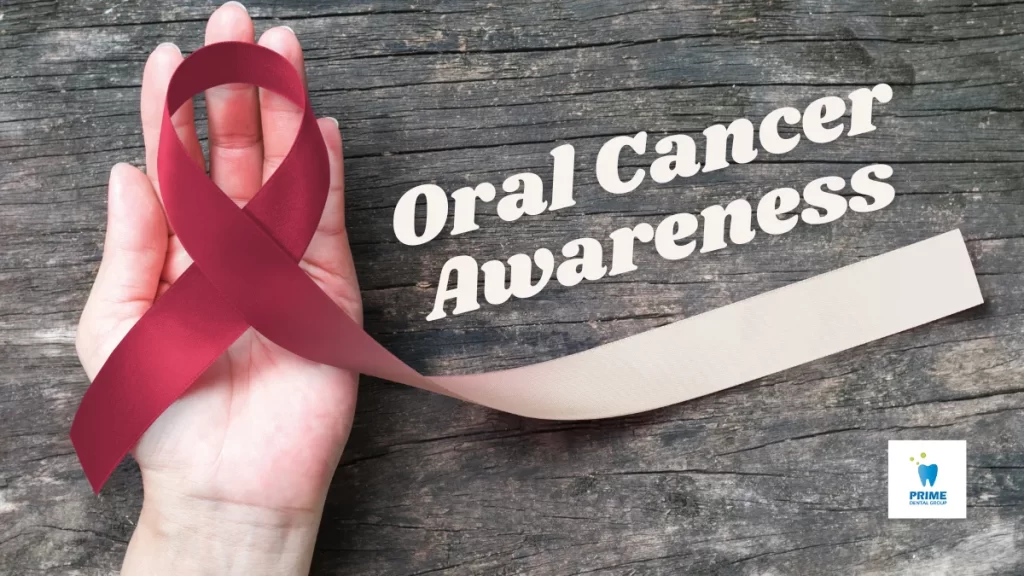
Oral cancer includes cancers found in the mouth, lips, tongue, cheeks, and even the throat. Most oral cancers are squamous cell carcinomas, which means they start in the flat cells lining your mouth and throat.
When caught early, oral cancer is highly treatable. But if it’s not found in time, it can spread quickly, affecting speech, swallowing, and quality of life.
Why Early Detection Matters
Early detection can push the 5-year survival rate up to 90%, but if it’s caught late, that number can drop dramatically.
| Detection Stage | 5-Year Survival Rate |
|---|---|
| Early Detection | 85% – 90% |
| Late-Stage Detection | Around 60% |
| Metastatic (spread) | Below 30% |
How Oral Cancer Often Slips Under the Radar:
- Early signs can be painless or easily ignored.
- Some symptoms mimic common dental issues.
- Regular dental visits are often the first line of defense.
Common Signs & Symptoms to Watch For
Spotting changes early is one of the best ways to protect yourself. If you notice any of these symptoms lasting more than two weeks, it’s time to see a dentist or doctor:
Physical Changes:
- A sore in the mouth that won’t heal
- Lumps or thick patches in your cheeks or neck
- Red or white patches on your gums or tongue
- Loose teeth or dentures not fitting well
- Swelling in the jaw
Pain or Discomfort:
- Ongoing mouth, ear, or throat pain
- Trouble swallowing or chewing
- Numbness in your tongue or lips
- Voice changes or hoarseness
- Persistent bad breath
| Symptom | Description |
|---|---|
| Persistent Mouth Sore | Lasts more than 2 weeks |
| Lump or Thickening | Found in cheek or neck |
| White/Red Patches | May be precancerous |
| Swallowing Difficulty | Pain or discomfort when eating/drinking |
| Numbness | Especially in tongue or mouth |
What Puts You at Risk?
Understanding your risk factors can help you take steps to lower them:
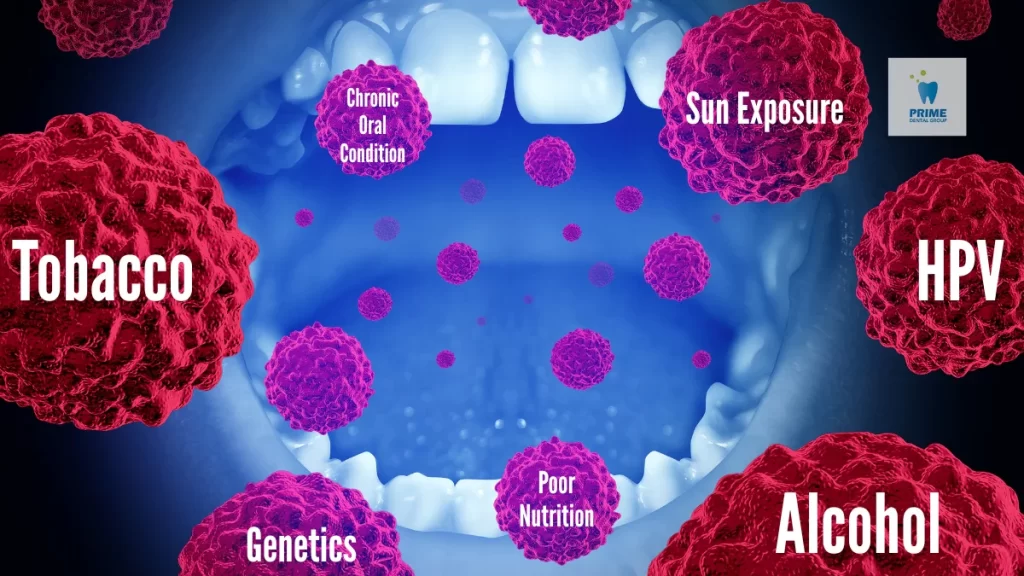
Top Risk Factors:
- Tobacco Use (Smoking or Chewing)
- Heavy Alcohol Consumption
- HPV (Human Papillomavirus) – especially HPV-16
- Sun Exposure – increases lip cancer risk
- Poor Nutrition – not enough fruits/vegetables
- Genetics – family history matters
- Chronic Oral Conditions – untreated gum disease or inflammation
Even if you don’t fit these categories, oral cancer can affect anyone. That’s why regular check-ups are so important.
The Power of a Professional Screening
You don’t need a separate appointment for an oral cancer screening—it can be done at your regular dental visit. Here’s what to expect:
Screening Methods:
- Visual Exam: Checking lips, gums, tongue, cheeks
- Tactile Exam: Feeling for lumps or abnormalities
- Special Lights or Dyes: Tools like fluorescence visualization or Toluidine Blue help spot hidden issues
| Screening Tool | Sensitivity | Specificity |
|---|---|---|
| Toluidine Blue Staining | 93.5% – 97.8% | 73.3% – 92.9% |
| Autofluorescence | 82% – 100% | 63% – 100% |
How Often Should You Be Screened?
- Every 6 months at your regular dental visit
- More often if you have high-risk factors
Your dentist is your partner in health. They’re trained to spot the signs you might miss at home.
Lifestyle Tips for Prevention
Taking care of your overall health helps prevent oral cancer too. Here’s how:
5 Easy Ways to Lower Your Risk:
- Quit Tobacco – it’s the biggest preventable risk.
- Cut Back on Alcohol – moderation is key.
- Eat a Rainbow – fruits and veggies are packed with protective nutrients.
- Use SPF Lip Balm – protect your lips like you do your skin.
- Get the HPV Vaccine – especially for younger adults.
| Prevention Strategy | Why It Helps |
|---|---|
| Quit Tobacco | Lowers cancer risk dramatically |
| Limit Alcohol | Reduces combined risk with tobacco |
| Healthy Diet | Builds immune defense |
| Lip Sun Protection | Prevents lip cancer |
| HPV Vaccination | Blocks virus-related cancers |
Treatment Options If You’re Diagnosed
Getting diagnosed with oral cancer is overwhelming—but there are many effective treatment paths available.
Common Treatments:
- Surgery – Remove tumors and nearby tissue
- Radiation Therapy – Target remaining cancer cells
- Chemotherapy – Often used for advanced cases
- Targeted Therapy & Immunotherapy – Emerging options that boost the immune system’s response
Recovery depends on the stage of cancer, location, and overall health. Support groups, like those from the Mouth Cancer Foundation, can provide emotional and financial help.
Why Regular Dental Visits Matter
Routine dental exams do more than clean your teeth—they can save your life.

Benefits of Regular Check-Ups:
- Early detection of hidden cancers
- Monitoring of high-risk patients
- Increased survival rates when caught early
| Visit Frequency | Outcome |
|---|---|
| Every 6 Months | Early detection, better treatment options |
| Rare Dental Visits | Higher chance of late-stage diagnosis |
Don’t rely solely on self-checks. Pair them with professional screenings for full protection.
New Tech in Oral Cancer Detection
Exciting advances are making early diagnosis easier and more accurate:
Game-Changing Tools:
- Digital Imaging – Fluorescence and narrow-band imaging for hard-to-see areas
- Brush Biopsies – Less invasive, can be done at the dental office
- AI-Powered Devices – Mobile tools with up to 86.7% accuracy in detecting cancer
Technology is turning dental visits into high-tech health screenings—and that’s a great thing.
Key Takeaways
- Oral cancer affects 53,000+ Americans annually
- Early detection can boost survival rates to 90%
- Watch for symptoms lasting over 2 weeks
- Get screened at your regular dental check-up
- Quit tobacco, reduce alcohol, eat well, and get vaccinated
FAQs
1. How often should I be screened for oral cancer?
At least every 6 months, during your regular dental visit.
2. Can I get oral cancer without smoking or drinking?
Yes. HPV and genetics also play a role.
3. Is oral cancer painful?
Not always—early signs can be painless. That’s why regular check-ups are important.
4. What’s the survival rate if it’s caught early?
Up to 85-90%.
Final Thoughts: Be Proactive, Not Reactive
Oral cancer may be serious, but knowledge is powerful. Use this April to spread awareness, schedule a screening, and encourage loved ones to do the same. Together, we can catch it early—and save lives.
Take the next step today. Schedule your oral cancer screening with Bellevue Prime Dental Group or Lynnwood Prime Dental Group. Our expert team is here to help you stay healthy and informed—because your smile and your life matter.
If you found this helpful, please share it or link to it from your website. Let’s raise awareness together.



